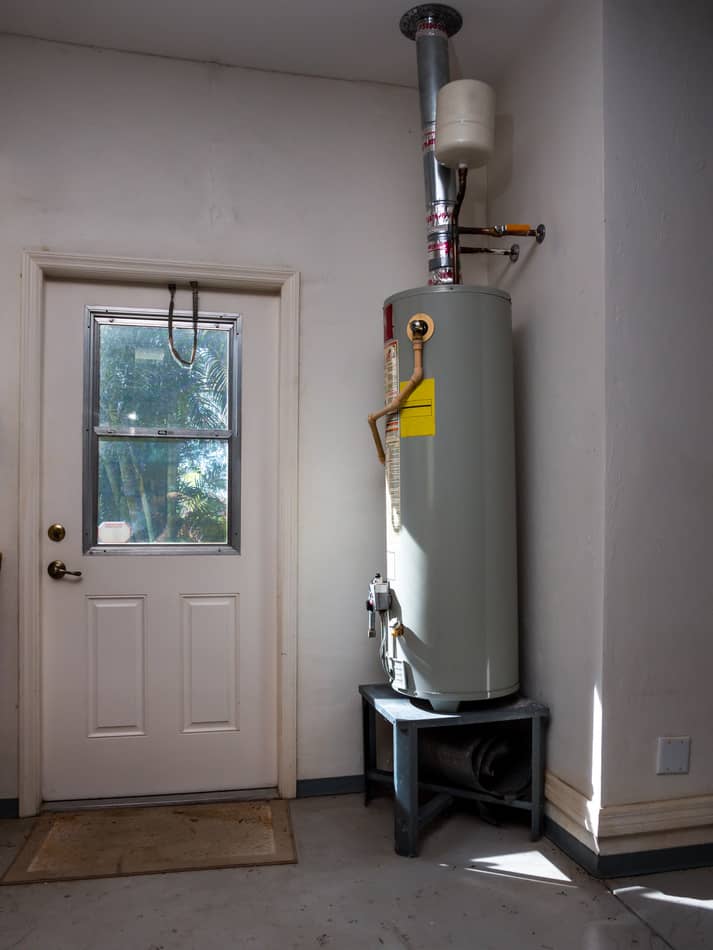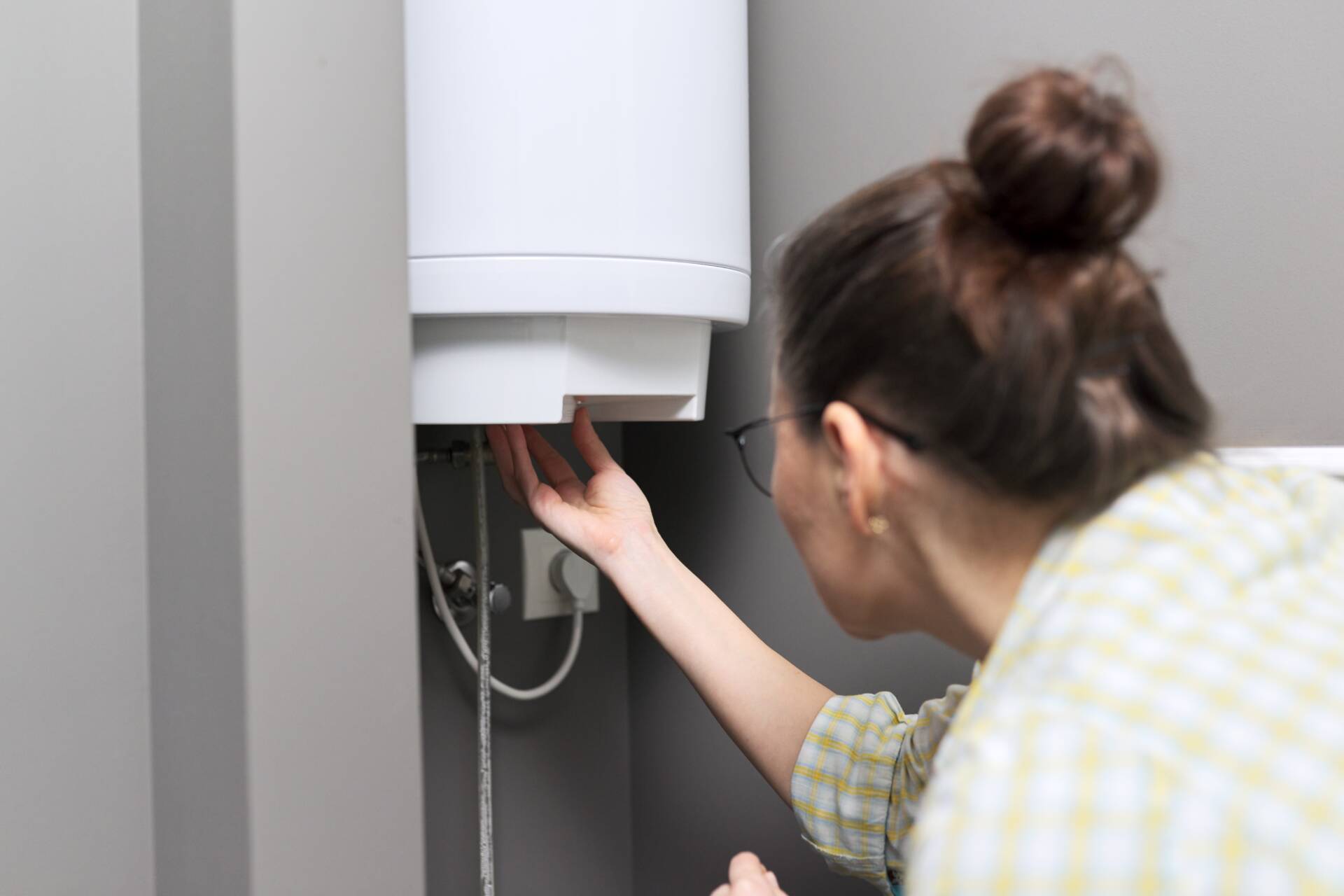What to Maintain Your Home's Hot Water System Properly
What to Maintain Your Home's Hot Water System Properly
Blog Article
What are your concepts about How to Maintain a Hot Water Heater in a Few Simple Steps?

Warm water is important for everyday comfort, whether it's for a refreshing shower or cleaning dishes. To ensure your hot water system runs efficiently and lasts much longer, routine maintenance is vital. This post offers practical pointers and understandings on exactly how to maintain your home's warm water system to prevent disruptions and expensive repairs.
Introduction
Preserving your home's hot water system may appear difficult, but with a few basic actions, you can ensure it runs smoothly for years ahead. This guide covers every little thing from comprehending your warm water system to DIY upkeep ideas and knowing when to call specialist help.
Significance of Preserving Your Hot Water System
Regular maintenance not just extends the life expectancy of your warm water system but also ensures it runs efficiently. Neglecting upkeep can cause decreased effectiveness, greater energy expenses, and even premature failure of the system.
Indications Your Hot Water System Demands Upkeep
Knowing when your warm water system needs interest can prevent major concerns. Look out for indications such as inconsistent water temperature level, strange sounds from the heating system, or rustic water.
Comprehending Your Hot Water System
Prior to diving right into upkeep tasks, it's valuable to comprehend the basic parts of your hot water system. Generally, this consists of the hot water heater itself, pipelines, anode rods, and temperature level controls.
Regular Monthly Maintenance Tasks
Normal regular monthly checks can aid capture minor issues before they escalate.
Purging the Hot Water Heater
Flushing your water heater removes sediment build-up, enhancing effectiveness and prolonging its life.
Monitoring and Changing Anode Rods
Anode poles stop deterioration inside the tank. Examining and changing them when worn is essential.
Evaluating and Adjusting Temperature Settings
Changing the temperature settings guarantees ideal performance and security.
DIY Tips for Maintenance
You can carry out several maintenance tasks yourself to maintain your warm water system in top condition.
Checking for Leaks
Frequently check pipes and connections for leaks, as these can bring about water damages and greater expenses.
Evaluating Pressure Relief Valves
Testing the stress relief valve ensures it functions appropriately and protects against too much stress accumulation.
Protecting Pipes
Insulating hot water pipelines minimizes warm loss and can save power.
When to Call an Expert
While DIY maintenance is advantageous, some issues call for expert competence.
Complex Concerns Calling For Professional Aid
Instances include major leakages, electrical troubles, or if your hot water heater is constantly underperforming.
Routine Professional Upkeep Benefits
Specialist maintenance can consist of detailed assessments, tune-ups, and guaranteeing conformity with security standards.
Final thought
Regular upkeep of your home's hot water system is essential for performance, longevity, and price savings. By adhering to these suggestions and recognizing when to seek specialist assistance, you can ensure a trusted supply of hot water without unforeseen disruptions.
Water Heater Maintenance Tips
Test the TPR Valve
Shut off the power and the cold-water supply valve. Place a bucket under the pipe connected to the temperature-pressure-release (TPR) valve on the top or side of the tank. (This valve opens if the tank pressure gets too high.) Lift the valve’s tab to let some water out, then let go. If water keeps flowing, drain the tank partway, unscrew the old valve with a pipe wrench, and install a new one. Check the Anode Rod
Put a hose to the tank’s drain cock and let out a few gallons of water. Now fit a 1 1/16-inch socket onto the rod’s hex head on top of the heater (or under its top plate) and unscrew the rod. If it’s less than ½ inch thick or coated with calcium, buy a new one, wrap its threads with Teflon tape, put it back in the tank, and tighten securely. Use this segmented rod if headroom above the tank is limited. Drain the Tank and Wash Out Sediment
Drain the remaining water in the tank into the bucket, then stir up the sediment on the tank’s bottom by briefly opening the cold-water supply valve. Drain and repeat until clean water comes out of the hose. Close the drain cock, refill the tank, and turn its power back on. Adjust the Temperature
Find the temperature dial on the side of the tank and unscrew its cover. Adjust the dial to 120 degrees using a flathead screwdriver. For every 10 degrees the temperature is lowered, you can expect to save up to 5 percent in energy costs. Turn the water heater off or the thermostat down to its lowest setting if you plan to be away from home for more than three days. Insulate the Pipes
Buy some self-sticking 3/8-inch-thick foam pipe insulation that matches the pipes’ diameter. Slide the foam over the hot-and cold-water pipes as far as you can reach. Insulating the cold-water pipe prevents condensation in summer. Peel the tape and squeeze the insulation closed. If the pipe is 6 inches or less from the flue, cover it with 1-inch-thick unfaced fiberglass pipe wrap. https://www.thisoldhouse.com/plumbing/21016402/how-to-maintain-a-water-heater

I ran across that entry on Tips For Maintaining Your Hot Water Heater when doing a search on the internet. Enjoyed our blog entry? Please quickly share it. Help another person find it. We love your readership.
Book Appointment Report this page